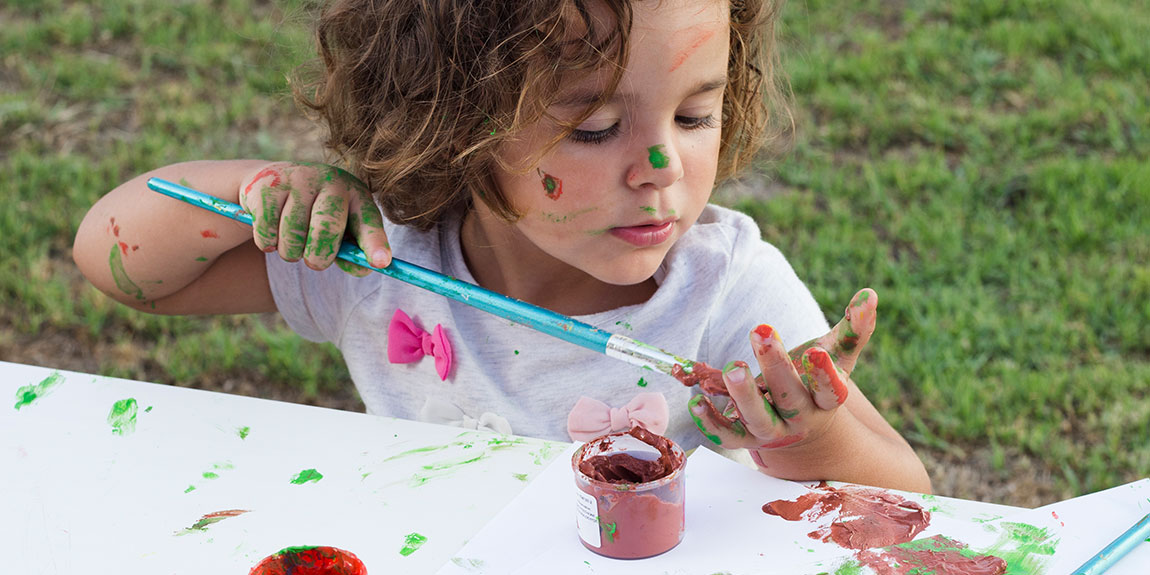We all have sensory preferences and dislikes, some people love the feeling of walking barefoot on grass, for other people walking barefoot on grass is akin to walking on hot coals! Some people love snuggling up in a woolen jumper, while for others this feels like being wrapped in barbed wire.
Sensory processing is the way the body analyses and responds to the signals it receives from its environment.
We all interpret and process information from our senses in different ways, and our sensory needs and tolerances vary on a day to day basis. And for the most part we cope fine, we can enjoy the sensations we like and avoid or ‘tune out’ the sensations we dislike, and can get on with our day to day tasks.
Did you know that we have 8 sensory systems?
People tend to be familiar with the first 5…
Vision, hearing, Taste, Touch, Smell

But we have 3 more…
- Proprioception – our sense of position in space and body awareness
- Vestibular – balance and spatial orientation
- Interoception – our ability to understand and feel what’s going on in our body e.g.
hunger, thirst, heart beating.
It is important for children to have lots of exposure to playful sensory experiences to learn how to process and respond to all of the sensory information in their environments.
However sometimes children experience difficulty with processing or tolerating one or more types of sensory input, and this interferes with their ability to participate in day to day tasks.
For example, avoidance of the sandpit or any messy play because they cannot tolerate the feeling of the different textures or the sound the grains of sand make, distress with and refusal to wear certain clothing because of discomfort caused by the tags or seams, difficulties with tolerating smells and tastes of foods or craving foods with very strong tastes and flavours, constantly in motion running, jumping, spinning never seeming to get enough movement input, or avoidance of escalators or lifts at the shopping mall because of feeling off balance.
If any of these types of behaviours are ringing any bells, or If you have concerns regarding your child’s sensory processing occupational therapy can help. An occupational therapist will use careful and thorough assessment and observation to gain an understanding of your child’s sensory processing abilities and challenges and develop strategies to support their function and participation.
Sensory play ideas for babies and preschoolers:
Always watch your child’s response to the sensory play and let them decide how involved they want to be, if they are unsure/unhappy with the play experience never force it.
Babies…
Allow for lots of opportunities to move and explore:
- Floor time – tummy time, tummy time and more tummy time!
- Lying/rolling/crawling/sitting on a variety of different surfaces such as carpet,
wooden floor, grass, sand, blankets. - Rocking, swinging, dancing with Mum and Dad!
Tactile play
- Water play in the bath
- Exploratory play with food during meals – so much opportunity for sensory play!
- Toys of varying sizes, textures – anything from blocks to scarves to paper, always
under supervision and nothing that will pose a choking hazard! - Touchy feely books
- Balls, balloons and bubbles
Preschoolers…

- Playground – swings, slides, climbing frame
- Ball play – rolling, kicking, throwing
- Ride on bikes, balance bikes, scooters (age dependent)
- Bare foot play depending on the surface and the weather!
Make sure your child has access to lots of tactile play
- In the sand pit
- Water play in the bath, at an outdoor water table, at the beach, ‘helping’ in the
kitchen - Arts and crafts type activities – painting, colouring with crayons and chalks, sticking
and glueing
Caitriona Hooper
Occupational Therapist
Cornerstone Therapy




